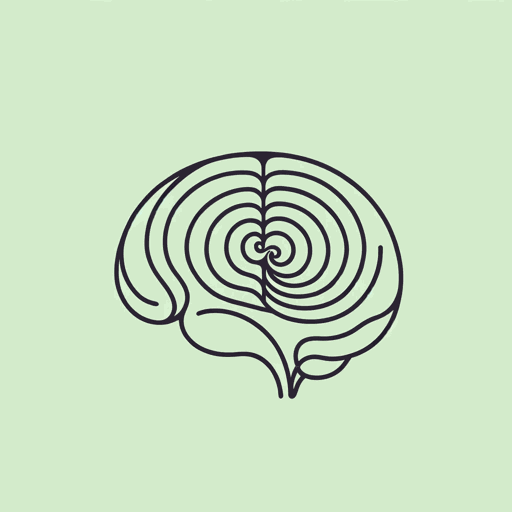63 pages • 2 hours read
Michael PollanHow to Change Your Mind: What the New Science of Psychedelics Teaches Us About Consciousness, Dying, Addiction, Depression, and Transcendence (2018)
Nonfiction | Book | Adult | Published in 2018A modern alternative to SparkNotes and CliffsNotes, SuperSummary offers high-quality Study Guides with detailed chapter summaries and analysis of major themes, characters, and more.
Chapters 3-4Chapter Summaries & Analyses
Chapter 3 Summary: “History: The First Wave”
LSD first entered the psychiatric scene in the 1950s. The drug’s effects were so novel and understudied that it took a decade for scientists to begin to understand the experiences. At the same time that scientists were beginning their research, the CIA was also secretly researching psychedelics. While scientists hoped to use the drug to learn more about mental illness and addiction, the CIA hoped to find a “truth serum, mind-control agent, or chemical weapon” (142).
After Albert Hoffman experienced the first LSD trip, Sandoz began to manufacture the pill form of the drug in high quantities. Using the power of the science community, Sandoz offered LSD free to any researcher who requested it. This policy remained in place from 1949 to 1966 and allowed the first wave of psychedelic research to begin (143).
Science struggled to comprehend the psychedelic experience. It was clear that trips were largely impacted by the user’s prior expectations as well as the environment around them (143). The concept of set and setting would become a mainstay in psychedelic use and therapy. What was also puzzling was the fact that the researchers who got involved with LSD research seemed to be infected with irrational excitement for the research (144).
Related Titles
By Michael Pollan





